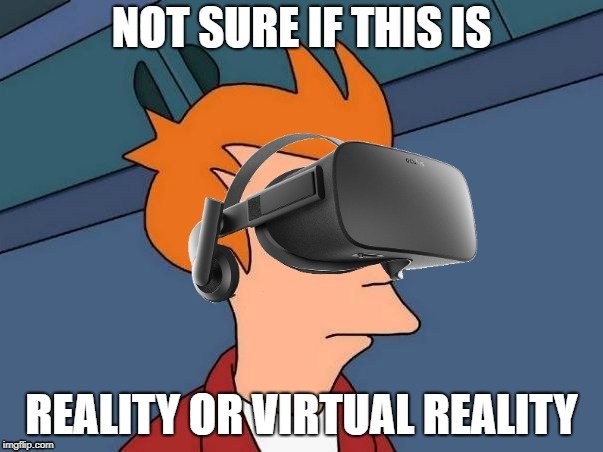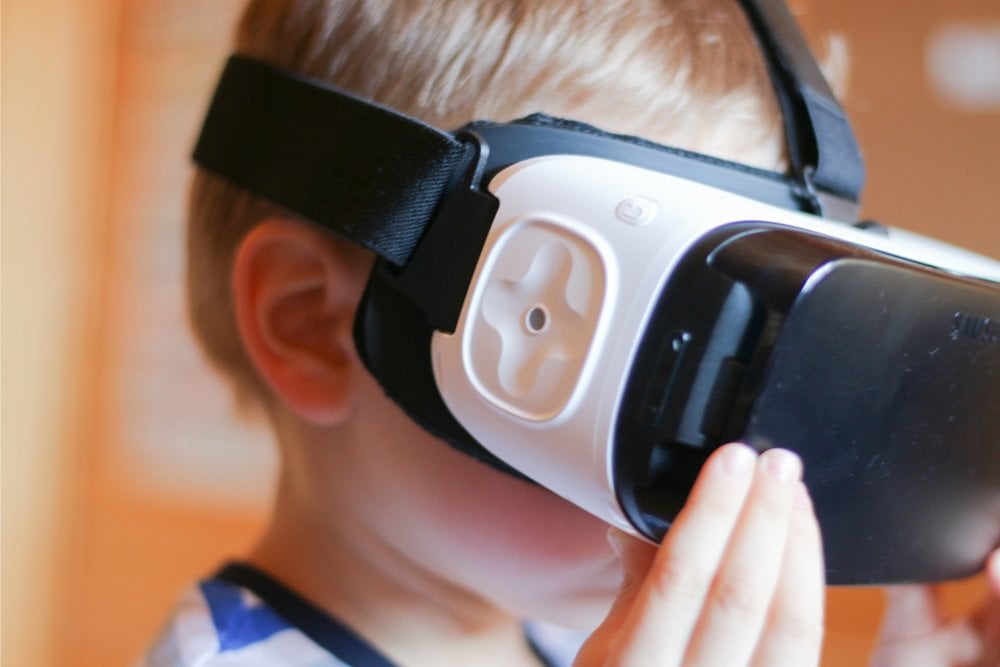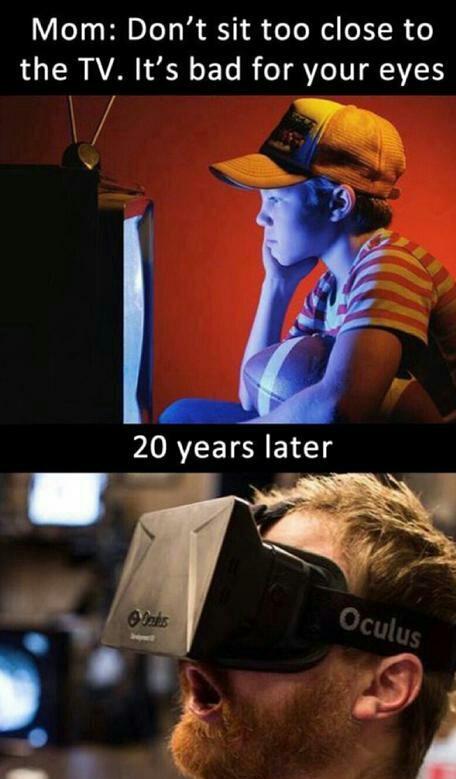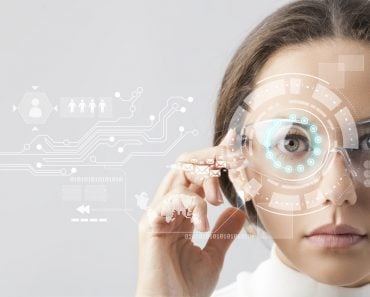Table of Contents (click to expand)
Virtual Reality (VR) headsets can be unsafe for children. Sony recommends that its PlayStation VR headset users be aged 12 and above. Oculus Rift and Samsung Gear VR have an age recommendation of 13+.
Virtual reality (VR) is a fast-growing technology, one that is becoming particularly popular amongst teens and kids. To experience virtual reality, you must put on a virtual reality (VR) headset, which recreates a virtual environment in which a person can look around 360 degrees, hear thrilling sounds, and move your body to interact with the world around you fantastically.
VR headsets are topping wishlists of kids and young children worldwide, but with several VR headsets coming with age restrictions, is the technology safe for young children to explore?
Let’s delve into the details of this fascinating new technology.
Recommended Video for you:
VR Headset Age Limit: No Consensus
There is currently no agreement among VR headset manufacturers regarding the appropriate age at which children should be permitted to use these devices. HTC has taken the most cautious approach and advises that its VR headset, HTC Vive, should not be used by children.
On the other hand, Sony recommends that its PlayStation VR headset only be used by those aged 12 and above. The age recommendation for two of the most popular VR devices, Oculus Rift and Samsung Gear VR, is 13 years and up.

Many companies have provided age recommendations for virtual reality (VR) technology, but a clear explanation has not been offered. However, according to Marientina Gotsis, the director of the Behavioral Health Center at the University of Southern California School of Cinematic Arts, there is not much scientific data available on this topic due to the newness of VR technology.
Additionally, it is challenging to conduct research using children as subjects due to ethical and regulatory restrictions. Gotsis is uncomfortable with children using VR technology excessively as they may not be able to distinguish between reality and fantasy, which could lead to developmental issues.
In summary, caution should be taken when allowing young children to use VR technology.
Effect Of VR On The Brain
A study conducted by the University of California on rats found that the behavior of the neurons in a certain brain area associated with spatial learning was altered in virtual environments. More than half of the neurons close down when exposed to virtual reality.
Whether or not these results can be extrapolated to humans remains questionable, but this study highlighted the dire need for more thorough research on the long-term effects of VR technology, especially on young children.

Gotsis believes that virtual reality (VR) could significantly impact young children’s developing brains. She explains that the brain is highly adaptable at young ages, and exposure to improperly fitting devices can affect its functioning.
Children may be unable to communicate eyestrain and may even lack the reflexes to remove the devices if they feel uncomfortable wearing them. Worse still, they might become too engrossed in gaming and ignore the discomfort.
Effect Of VR On Vision
One of the biggest concerns parents have about VR headsets is their impact on eyesight or vision. According to the American Academy of Ophthalmology, staring continuously at a VR headset screen (or any digital device, for that matter) without breaks may cause eye strain or fatigue.
This is because when you use a VR headset, you tend to blink less than you normally do. This can lead to drying out of the eyes’ front surface, resulting in fatigue.
 Viewing a picture with motion gives the brain the same visual signals it receives while viewing actual physical motion. That’s why the use of VR materials can also lead to dizziness. If your child is susceptible to motion sickness on a rollercoaster, he will likely be susceptible to virtual motion sickness as well.
Viewing a picture with motion gives the brain the same visual signals it receives while viewing actual physical motion. That’s why the use of VR materials can also lead to dizziness. If your child is susceptible to motion sickness on a rollercoaster, he will likely be susceptible to virtual motion sickness as well.
Vergence-accommodation Conflict
Another issue with VR headsets is something known as the vergence-accommodation conflict. Now, when you normally see the world, your eye first points the eyeballs—vergence—and then focuses the lenses—accommodation—on an object; our brain then combines these two operations to construct a coherent picture.
Present-day VR headsets present each eye with a slightly different image on a flat screen to achieve the illusion of depth. This implies that no matter how far an object appears, the eyes remain focused on a fixed point but converge on some object in the virtual distance.
Ulterior Motives
When it comes to gizmos like VR headsets, it’s important to understand that they are designed by someone to manipulate your child, whether it’s for advertising, politics, or even religious reasons. Allowing your child to spend long periods in a VR environment where manipulation is present threatens their autonomy and may hinder their understanding of the world.
While virtual reality technology has the potential to supplement and improve education and healthcare, tech experts suggest that VR manufacturers need to work with scientists and researchers to carefully examine the long-term implications of this technology. Until then, it’s recommended that children use VR under their parents’ supervision.
As a vigilant parent, monitoring what your kids do with their VR headsets and controlling their usage time can help alleviate concerns about VR harming their health or behavior.
Last Updated By: Ashish Tiwari
References (click to expand)
- Brain's reaction to virtual reality should prompt further study ....
- Tychsen, L., & Foeller, P. (2020, January). Effects of Immersive Virtual Reality Headset Viewing on Young Children: Visuomotor Function, Postural Stability, and Motion Sickness. American Journal of Ophthalmology. Elsevier BV.
- Souchet, A. D., Philippe, S., Lourdeaux, D., & Leroy, L. (2021, September 30). Measuring Visual Fatigue and Cognitive Load via Eye Tracking while Learning with Virtual Reality Head-Mounted Displays: A Review. International Journal of Human–Computer Interaction. Informa UK Limited.
- Hirzle, T., Fischbach, F., Karlbauer, J., Jansen, P., Gugenheimer, J., Rukzio, E., & Bulling, A. (2022, March 31). Understanding, Addressing, and Analysing Digital Eye Strain in Virtual Reality Head-Mounted Displays. ACM Transactions on Computer-Human Interaction. Association for Computing Machinery (ACM).













